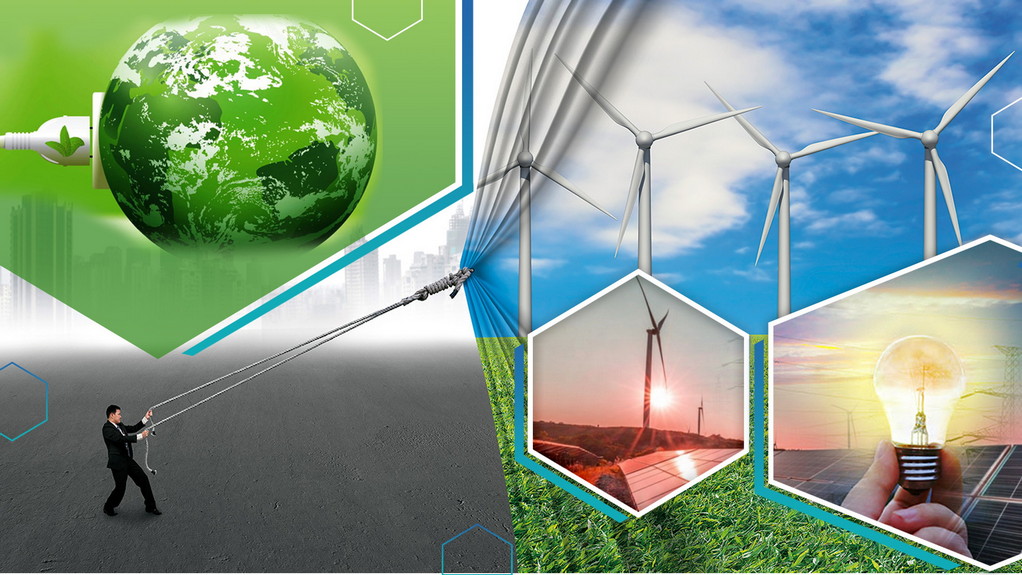After the COP-26 climate summit held at Glasgow in UK, climate change has become an important subject for several industries to rethink of the emission standards implemented their operations or processes. The power, utilities and renewables (PU&R) sector is one among which has a substantial role to play in the transition to clean energy.
Decarbonisation of the energy sector requires urgent action on a global scale to reduce carbon dioxide emissions and alleviate the effects of climate change. Renewable energy and energy efficiency measures can potentially achieve 90% of the required carbon dioxide reductions.
Decarbonising the utility sector
In fact, the decarbonizing of power production allows other industries to decarbonize by electrifying their operations. Currently, in the changed scenario, most of the power utilities are adopting new decarbonization methods and have committed to move forward with them.
However, the decarbonization actions taken so far are too little and too slow. Therefore, it has become imperative for the utility sector to move more quickly and resolutely to meet both regulatory and societal expectations on this path.
In order to implement better decarbonization steps in the long-run in utility sector, one needs to understand well how to accelerate it with concrete steps. This will boost energy transition as a whole.
What needs to be done for energy transition
As leaders in the energy transition, power, utilities and renewables organizations are moving faster to decarbonize than many other sectors.
There is still much work to be done to achieve energy transition. European Union, which leads the world in phasing out fossil fuels, relies on carbon-emitting sources for about 34% of its electricity generation.
On the other hand, the US relies on carbon-emitting fossil fuels for 63% of its electricity generation, even though many companies are setting long-term netzero emissions targets. While, China remains almost entirely dependent on fossil fuels, with its state-owned utilities poised to expand their fleets of coal-fired power plants by 10% by 2025.
This collectively indicates a gap that exists between where many power and utilities companies are and where they aim to be. There are three trends which started shaping companies’ ability to close this gap.
Fossil fuel emissions will need to be phased out if the power sector is to completely decarbonize, allowing organizations to reach their stated goal of net-zero emissions by 2050.
A solar and wind sweep is rapidly increasing the share of variable renewable resources on the grid.
Infrastructural innovation is helping to enhance the electric and gas system’s ability to support decarbonization by providing the flexibility needed to integrate intermittent renewables, distributed energy resources, and new fuels, such as biomass gas and green hydrogen.
How can utility sector change for energy transition?
Greater digitalization can help decrease operational costs. The generation and grid transmission and distribution, companies should consider making necessary upgrades, such as deploying smart technologies, to handle more connections with intermittent renewables.
The good news is that the current energy transition presents unprecedented opportunities for organizations to develop new business models and to reinvent themselves in valuable ways.
Decarbonization is a long-term goal and for utility companies it has a long-invested attention and resources. The goal, shared with international institutions and organizations, is to achieve a significant reduction in GHG emissions within a 10-to-30-year horizon.
Tags: Carbon dioxide, Decarbonization, decarbonization actions, decarbonizing, energy sectors, Energy Transition, fossil-based systems

Recent Posts
Centre extends bid deadline for oil, gas blocks
CoolCo inks long-term charter deal with GAIL
Airbus launches aviation liquid hydrogen project
Researchers studying how bubbles in biodiesel help engine efficiency
Master Mariners organises seminar on “Women in Maritime – Trials and Tribulations” in Mumbai
ONGC launches four new eco-friendly cementing units
SGL partners with Hapag-Lloyd for ocean biofuel initiative
LR to work with Stena to retrofit two Stena Line ferries to methanol